 By Kelsey Romeo-Stuppy, ASH and Dr. Raglan Maddox, ANU College of Health and Medicine
By Kelsey Romeo-Stuppy, ASH and Dr. Raglan Maddox, ANU College of Health and Medicine
While commercial tobacco use negatively impacts the right to health of all people, there are many groups whom have been intentionally targeted by the tobacco industry and their affiliates.[1] Groups have had their culture exploited for the sake of tobacco sales and profit. Indigenous peoples have been subjected to both.
“During the 1980s, tobacco company WD & HO Wills ran racist advertising in Australia carrying the slogan ‘Get your own black.’ In the late 1990s, Winfield advertisements depicted an Aboriginal man playing a didgeridoo with the slogan ‘Australians’ answer to the peace pipe.’ More recently, Philip Morris International (PMI) has sold cigarettes in Israel labelled ‘Māori Mix’ and in the USA, R.J. Reynolds continues to market Natural American Spirit using Native American imagery.”[2]
The prevalence of commercial tobacco use amongst Indigenous peoples is higher in some places than amongst the general population, particularly in countries with colonial histories, often with disproportionately detrimental impacts on Indigenous people’s health, economic and cultural well-being. While commercial tobacco use is actively driven by the tobacco industry and their associates, other factors associated with commercial tobacco use are comparable among Indigenous and non-Indigenous populations. Socioeconomic status (SES) serves as a significant determinant of commercial tobacco use, with Indigenous communities generally reporting lower SES compared to non-Indigenous counterparts. This increases the risk of commercial tobacco use and tobacco-related disease and death.[3] For Indigenous peoples, lower SES stems from colonial mechanics that eroded power, social frameworks, and community resources. The role of colonial forms of oppression commonly include the forced removal and relocation of Indigenous peoples from their land, removal of Indigenous children, exclusion from education systems and the cash economy, including using commercial tobacco as a form of payment until the late 1960s in Australia.[4] Even when SES is comparable, Indigenous peoples are more likely to smoke, pointing to other mechanisms that exacerbate health inequities, like racism.
This list is not exhaustive, but simply serves as an example of how the tobacco industry continues to actively fuel commercial tobacco use that disproportionately impacts racial groups around the world.
- In Australia, prevalence among Aboriginal and Torres Strait Islander Peoples is almost twice that of the general population and responsible for 37% of all Aboriginal and Torres Strait Islander deaths.
- In Aotearoa New Zealand, smoking prevalence is more than twice as high among Māori versus general population.
- In Canada, smoking rates are 2.5 times higher among Inuit, and higher among First Nations people overall compared to the general population.
- In the United States, American Indian, and Alaska Natives have the highest rates of smoking prevalence.
ASH’s human rights advocacy includes the rights of Indigenous Peoples. In our submission to the Human Rights Council in June 2023, ASH and 50 of our partner organizations called on the Human Rights Council to highlight that the “…unequal pattern of tobacco use is seen in many countries, for example Aboriginal and Torres Strait Islander people smoke more than other Australians and are at higher risk of serious disease and death,” and called attention to the fact that this “also violates the United Nations Declaration on the Rights of Indigenous Peoples (UNDRIP).”
In addition, ASH recently submitted a comment, with 207 co-signatories, to the Committee on the Elimination of Racial Discrimination (CERD) commenting on the draft for General Recommendation 37, on Racial Discrimination in the enjoyment of the right to health. The submission called on the committee to focus on how tobacco negatively impacts the right to health of Indigenous Peoples. We hope to see Indigenous Peoples included in the second draft of the CERD General Recommendation.
For Indigenous peoples, a future free from the physical, social and spiritual harms caused by commercial tobacco use and nicotine addiction is essential. Human rights mechanisms provide an avenue to call on governments to protect Indigenous people from the extensive harms of tobacco. On Indigenous Peoples Day and every day, ASH is working to elevate tobacco as a human rights issue.
[1] Waa A, Robson B, Gifford H Hāpai Te Hauora Māori Public Health, et al.
Foundation for a Smoke-Free World and healthy Indigenous futures: an oxymoron?
Tobacco Control 2020;29:237-240.
[2] Waa A, Maddox R, Nez Henderson P. Big tobacco using Trojan horse tactics to exploit Indigenous peoples. Tobacco Control 2020;29:e132-e133.
[3] Maddox R, Waa A, Lee K, et al. Commercial tobacco and indigenous peoples: a stock take on Framework Convention on Tobacco Control progress. Tobacco Control 2019;28:574-581.
[4] Greenhalgh, EM, Scollo, MM and Winstanley, MH. Tobacco in Australia: Facts and issues. Melbourne: Cancer Council Victoria; 2023. Available from www.TobaccoInAustralia.org.au
Colonna, E., Maddox, R., Cohen, R., Marmor, A., Doery, K., Thurber, K. A., Thomas, D., Guthrie, J., Wells, S. , Lovett, R.. (2020). Review of tobacco use among Aboriginal and Torres Strait Islander peoples. Perth: Australian Indigenous HealthInfoNet. https://healthinfonet.ecu.edu.au/key-resources/publications/40328/
Truth Reconciliation Commission of Canada. Honouring the truth, reconciling for the future: summary of the final report of the Truth and Reconciliation Commission of Canada, 2015








